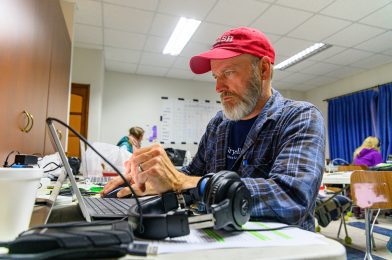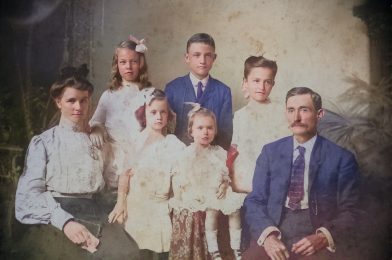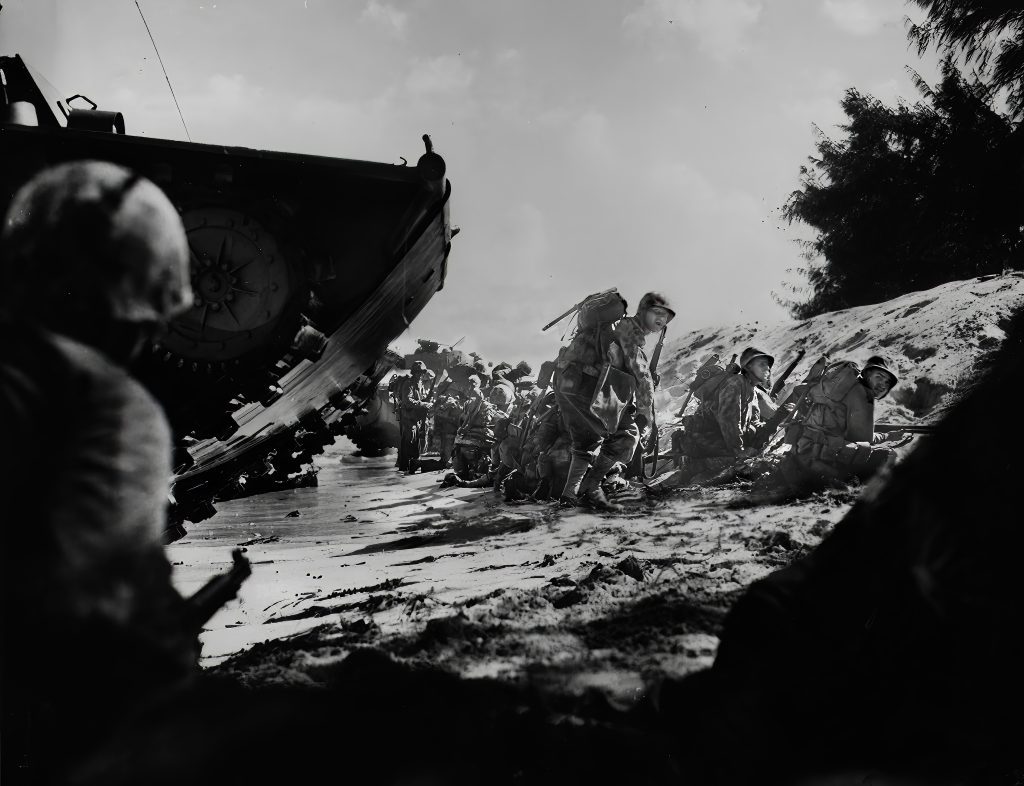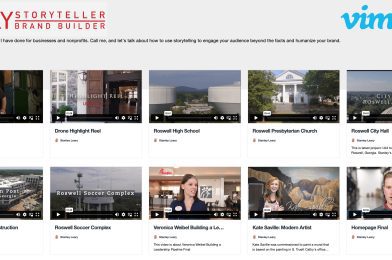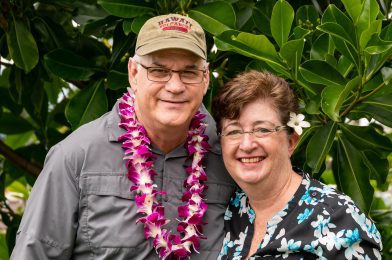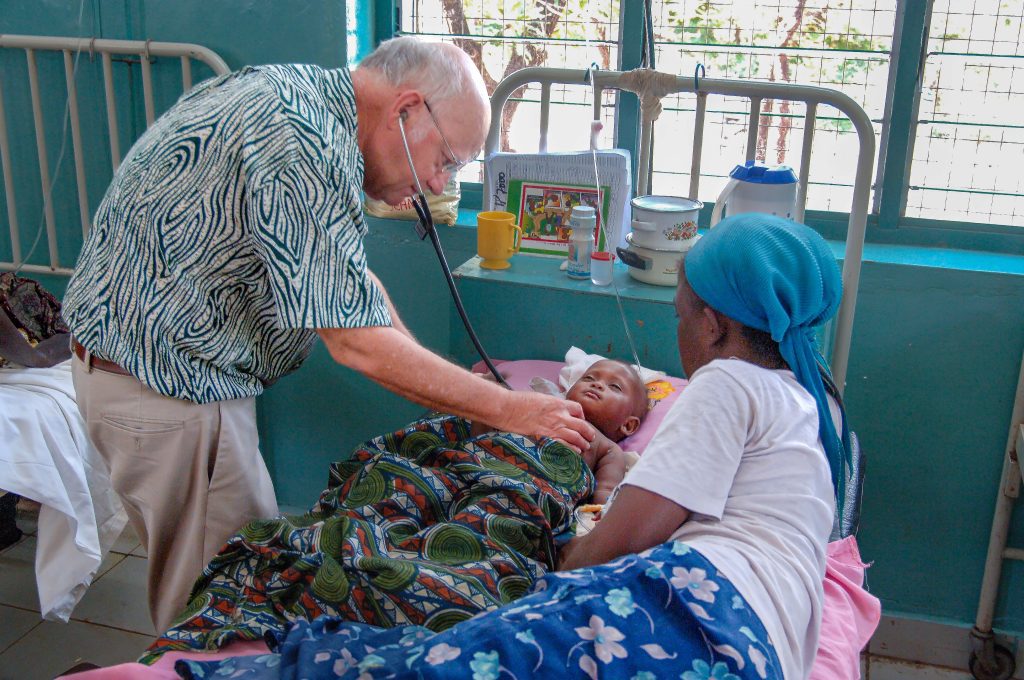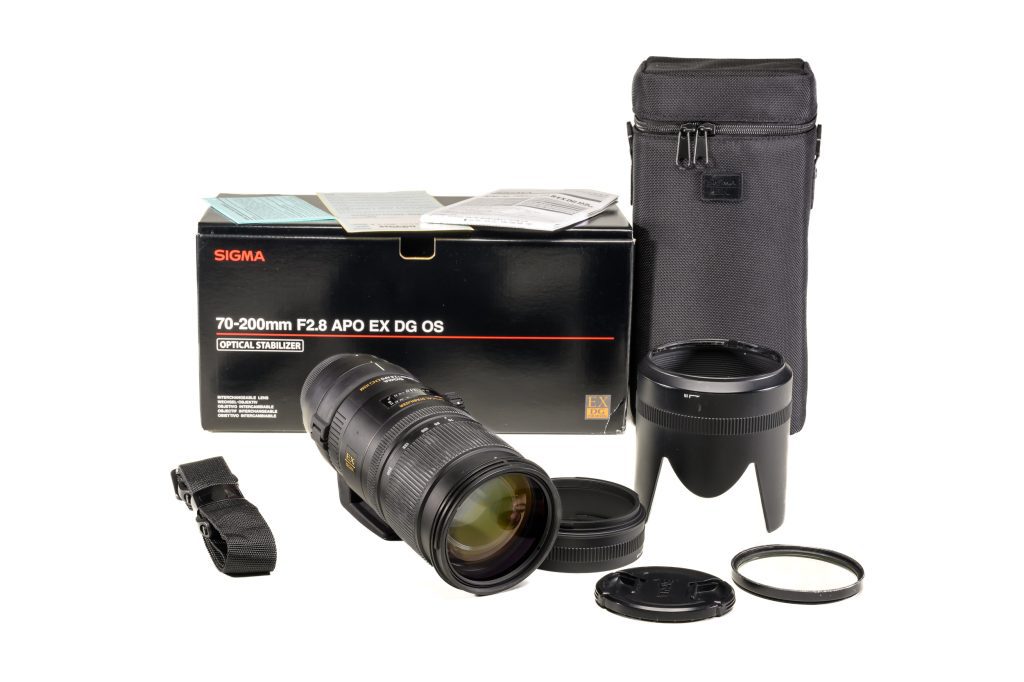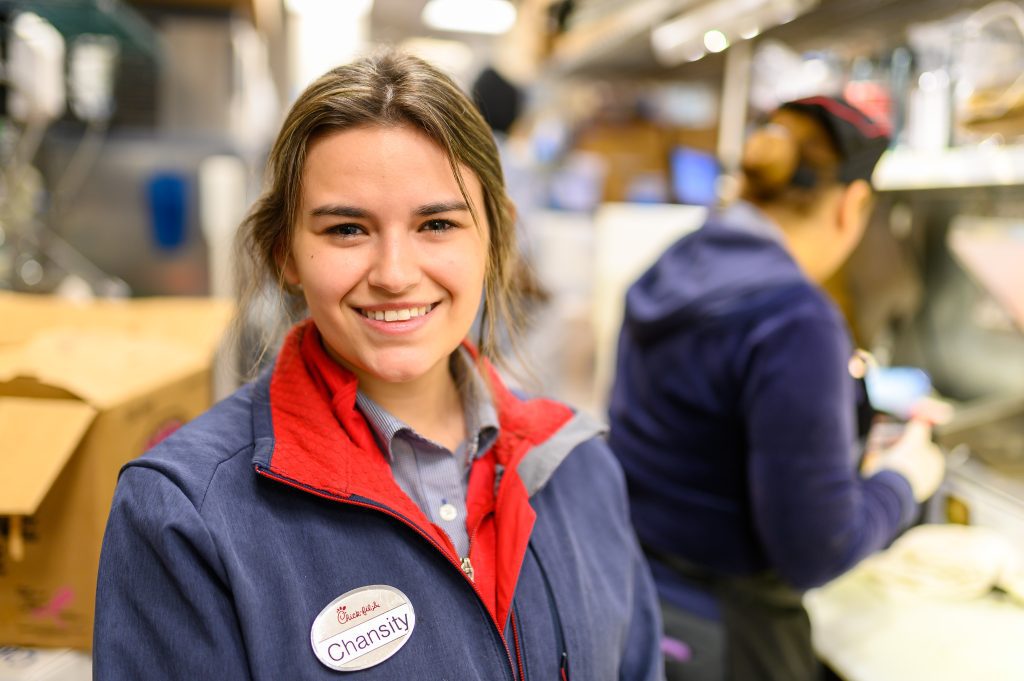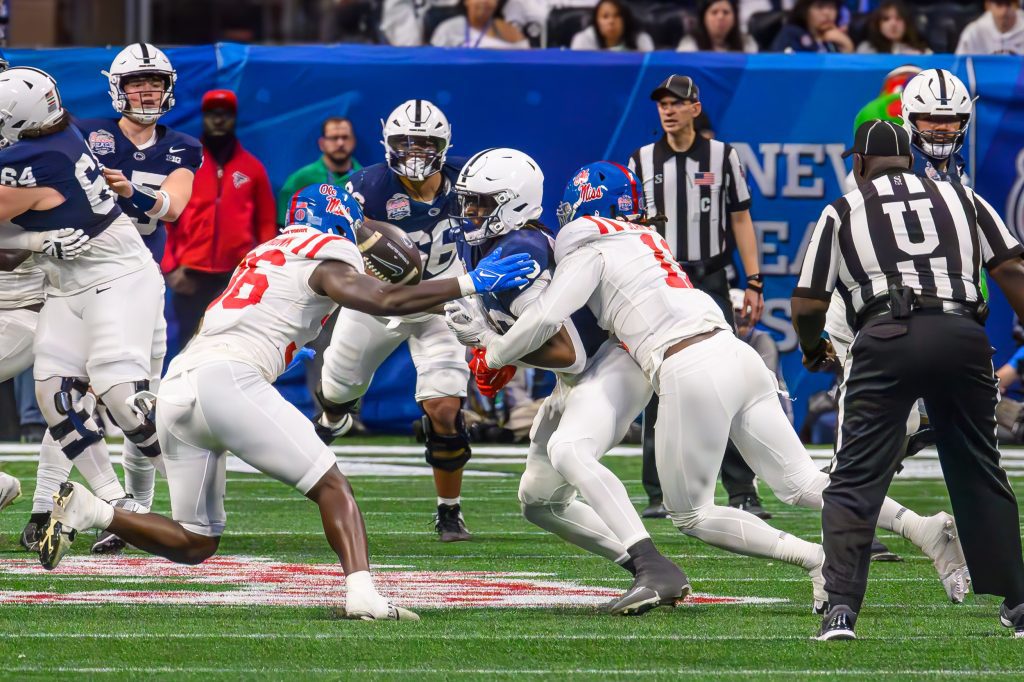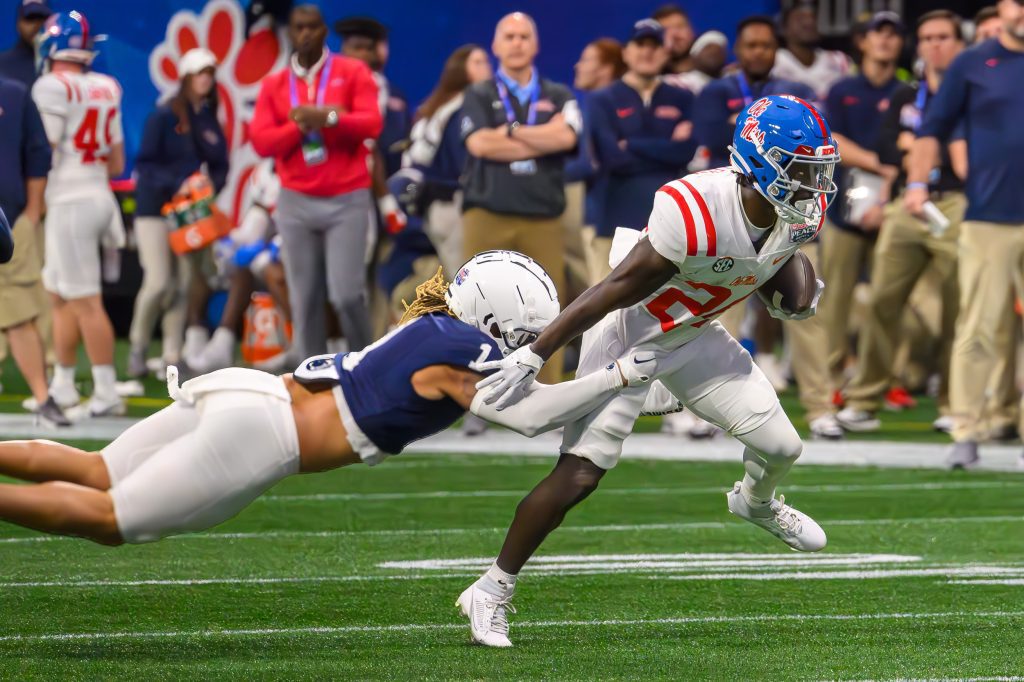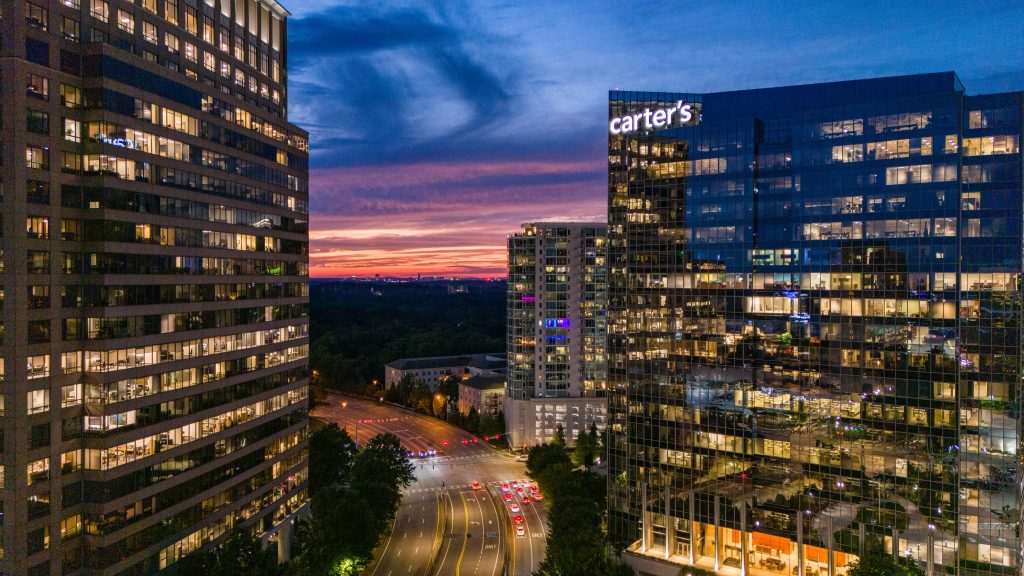In the ever-evolving realm of photography, where creativity meets technology, embracing Artificial Intelligence (AI) Generative has become a game-changer for independent photographers. Beyond its traditional role in post-editing, AI Generative is now a powerful tool in business correspondence and content creation for websites and blogs. This paradigm shift resembles the transformative era of the 1980s when Bill Gates and Steve Jobs were shaping the future of personal computing.
The Evolution of AI in Photography
AI Generative has opened up new frontiers for photographers seeking innovation in their craft. While it might seem like an unconventional addition to a photographer’s toolkit, its versatility is indispensable.
1. Post-Editing Precision
AI Generative excels in enhancing post-editing workflows. Automated tools can intelligently analyze an image, adjusting color balance, exposure, and sharpness with unparalleled precision. This allows photographers to focus more on the creative aspects of their work while ensuring the technical details are flawlessly executed.
2. Elevating Business Correspondence
Communicating effectively with clients and collaborators is crucial for any independent photographer. AI-powered language models can assist in crafting professional and engaging emails, proposals, and contracts. By leveraging AI in business correspondence, photographers can maintain a polished image while saving time on administrative tasks.
3. Crafting Compelling Website and Blog Content
In the digital age, a photographer’s online presence is often the first point of contact for potential clients. AI Generative can aid in generating captivating text for websites and blogs, describing the photographer’s portfolio, approach, and artistic vision. This saves time and ensures a consistent and articulate representation of their work.
Examples of Creativity Unleashed
1. AI-Generated Artist Statements
Imagine an AI system analyzing a photographer’s body of work and generating artist statements that eloquently capture the essence of their portfolio. This streamlines the creative process and gives photographers fresh perspectives on their work.
2. Automated Social Media Captions
Creating engaging captions for each post can be time-consuming for photographers juggling multiple platforms. AI Generative can analyze the visual content and generate catchy captions that resonate with the audience, allowing photographers to maintain an active and dynamic online presence.
3. Collaborative Storytelling
AI can be a collaborative partner in storytelling. By providing prompts or themes, photographers can use AI to co-create narratives that complement their visual storytelling. This innovative approach adds depth and intrigue to the overall photographic experience.
A Revolution Reminiscent of the 1980s
The current integration of AI Generative in photography mirrored the transformative era of the 1980s when Bill Gates and Steve Jobs pioneered personal computing. Back then, the personal computer became a tool that empowered individuals and revolutionized industries. Similarly, AI Generative is now empowering photographers, unleashing creativity, and reshaping the landscape of visual storytelling.
In conclusion, embracing AI Generative is not about replacing the artist but enhancing their capabilities. Independent photographers can leverage AI as a creative ally, allowing them to focus on what truly matters – capturing moments, telling stories, and pushing the boundaries of their artistic expression. Just as the personal computer became an essential tool in the 1980s, AI Generative is becoming an indispensable companion for photographers in the 21st century.

